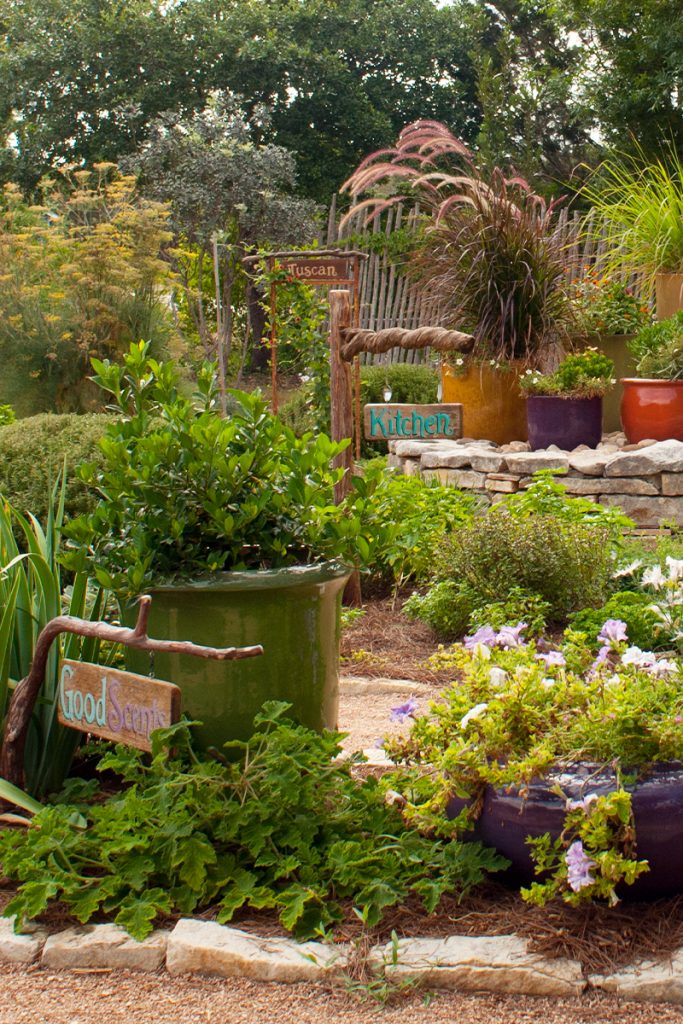Introduction
Gardening in Austin, TX, offers a unique blend of challenges and opportunities due to its specific climate and soil conditions. Knowing your garden zone is essential for selecting plants that thrive in this environment. This guide will clarify what the garden zone means in Austin, discuss its impact on plant selection, and provide actionable tips to help you cultivate a healthy and vibrant garden.
What Is a Garden Zone and Why It Matters in Austin TX?
The garden zone, often referred to as the USDA Hardiness Zone, classifies regions based on their average annual minimum winter temperature. Austin, TX, falls primarily into Zone 8b, with some areas reaching Zone 9a. Understanding this classification helps gardeners know which plants can survive Austin’s winter lows, which typically range from 15°F to 20°F.
Key Points About Austin’s Garden Zone:
- Zone 8b/9a means moderate winters with occasional cold snaps.
- Plants must tolerate heat and drought as summers are hot and dry.
- Frost-sensitive plants require protection or indoor care during cold spells.
Knowing your precise zone allows you to select plants that are resilient, reducing the risk of winter damage and ensuring year-round garden success.
Best Plants for Austin’s Garden Zone
Austin’s climate supports a wide variety of plants, but choosing the right ones is crucial. Here are some categories and examples suited for Zone 8b/9a:
Native Plants
- Texas Sage (Leucophyllum frutescens): Drought-tolerant and attracts pollinators.
- Blackfoot Daisy (Melampodium leucanthum): Thrives in heat and poor soil.
Trees
- Live Oak (Quercus virginiana): Provides shade and withstands Austin’s heat.
- Cedar Elm (Ulmus crassifolia): Adapted to local conditions and drought-tolerant.
Vegetables and Herbs
- Tomatoes: Plant after the last frost for best results.
- Basil and Rosemary: Thrive in warm, sunny spots.
Perennials
- Lantana: Heat-loving with vibrant blooms.
- Salvia: Attracts hummingbirds and requires minimal watering.
Selecting plants adapted to Austin’s garden zone not only conserves water but also reduces maintenance.
Soil and Watering Tips for Austin Gardens
Austin’s soil is often clay-heavy with moderate fertility, requiring adjustments for optimal plant growth.
Soil Preparation
- Amend with organic matter like compost to improve drainage and nutrient content.
- Conduct a soil pH test; aim for a slightly acidic to neutral pH (6.0-7.0) for most plants.
Watering Strategies
- Use deep, infrequent watering to encourage strong root systems.
- Consider drip irrigation or soaker hoses to conserve water.
- Mulch around plants to retain soil moisture and regulate temperature.
These steps help address the challenges of Austin’s hot summers and occasional droughts.
Seasonal Gardening Tips for Austin
Gardening success in Austin depends on timing and awareness of seasonal changes.
Spring
- Start planting warm-season vegetables and annuals after mid-March.
- Prepare soil with compost and mulch.
Summer
- Focus on heat-tolerant plants.
- Water early in the morning or late evening to reduce evaporation.
Fall
- Plant cool-season vegetables like kale and broccoli.
- Fertilize perennials to prepare for winter.
Winter
- Protect sensitive plants from occasional freezes with frost cloths.
- Prune dormant trees and shrubs.
Following a seasonal calendar tailored to Austin’s zone enhances plant health and garden productivity.
Expert Advice and Resources for Austin Gardeners
Local expertise can greatly improve gardening outcomes.
- Texas A&M AgriLife Extension Service offers region-specific advice and plant recommendations.
- Join local gardening groups like the Austin Organic Gardeners for community support.
- Consult with nurseries specializing in native and adapted plants.
Leveraging local knowledge ensures your garden thrives in Austin’s unique environment.
Conclusion
Understanding your garden zone in Austin, TX, is the foundation of successful gardening. By selecting plants suited to Zone 8b/9a, preparing soil appropriately, and adapting watering and seasonal practices, you can create a vibrant, sustainable garden. Remember to utilize local resources and expert advice to navigate Austin’s climate challenges confidently. Start planning today to enjoy a flourishing garden year-round!
